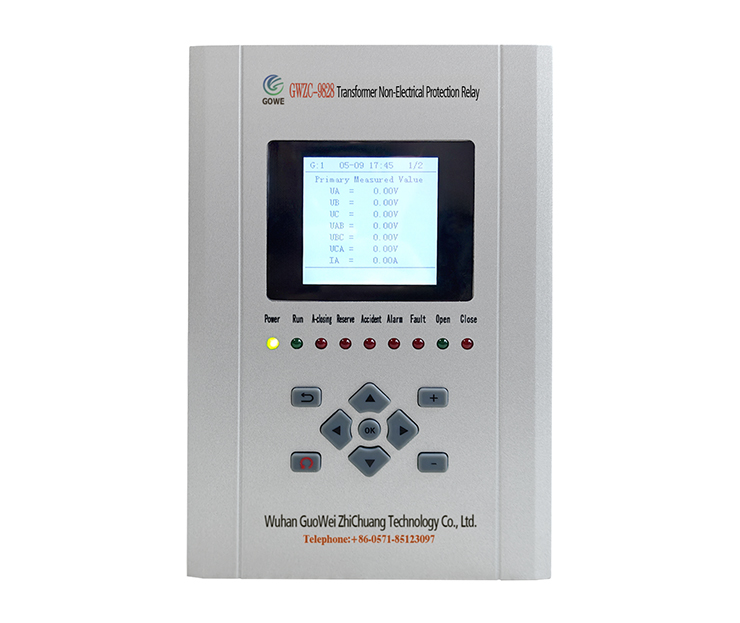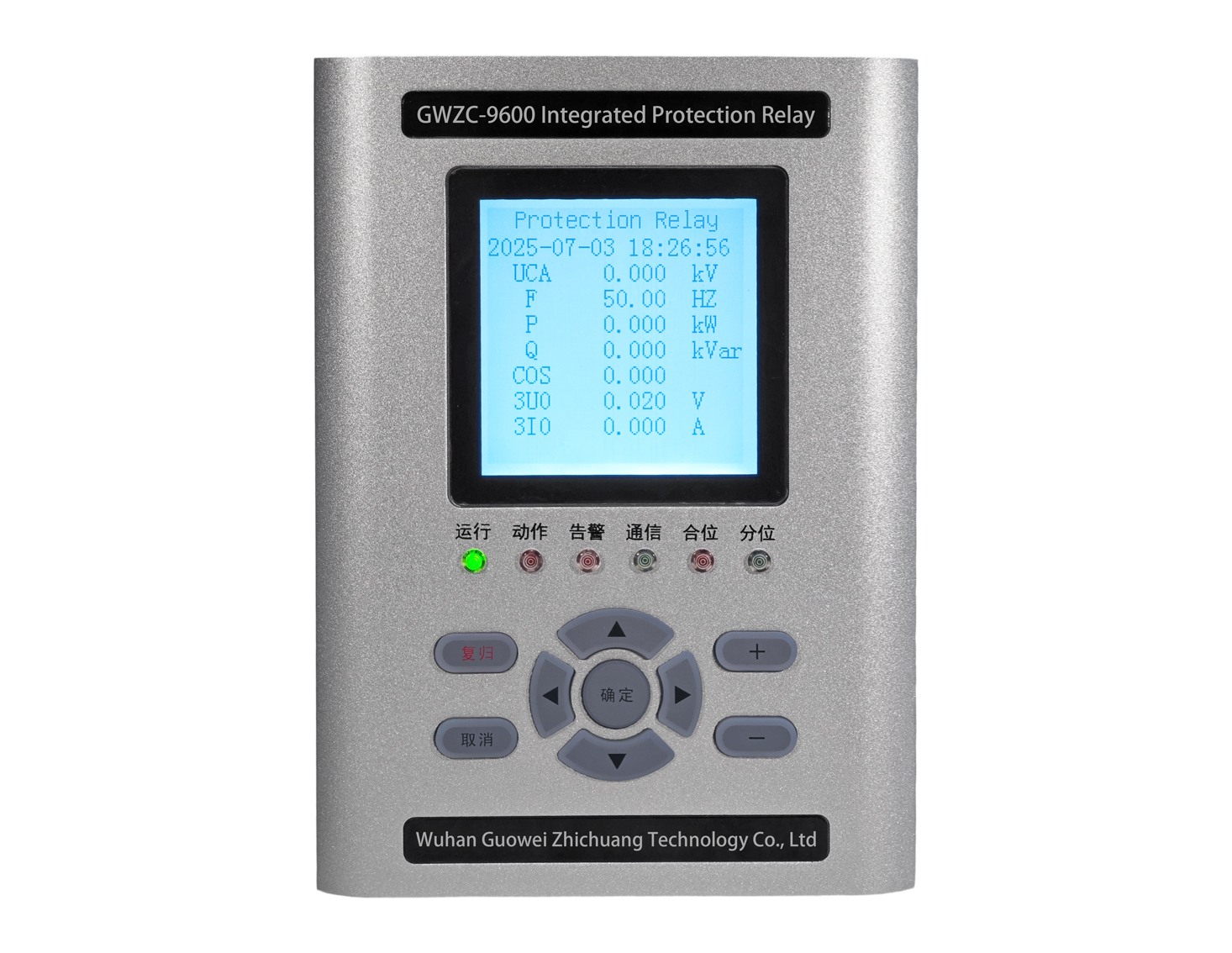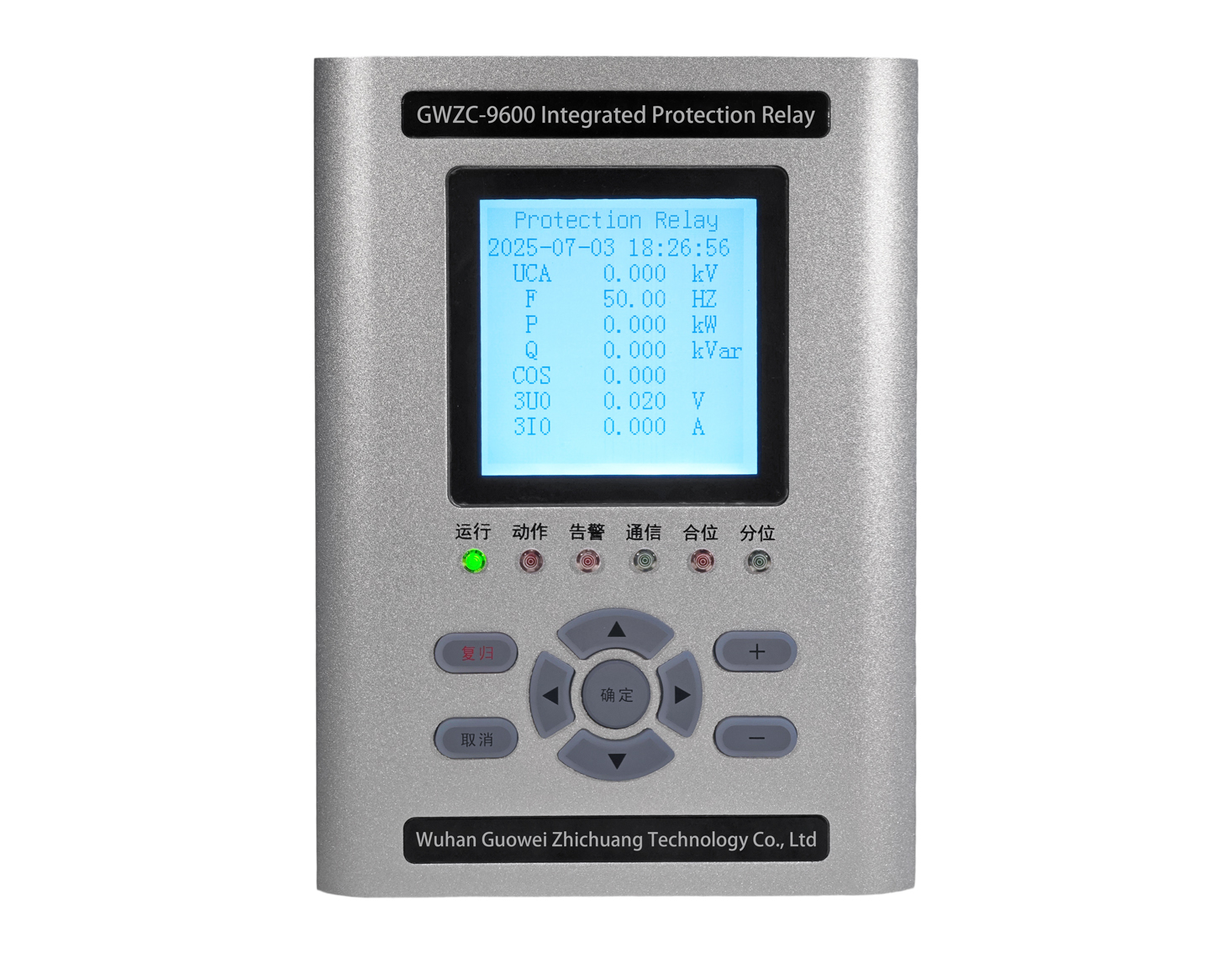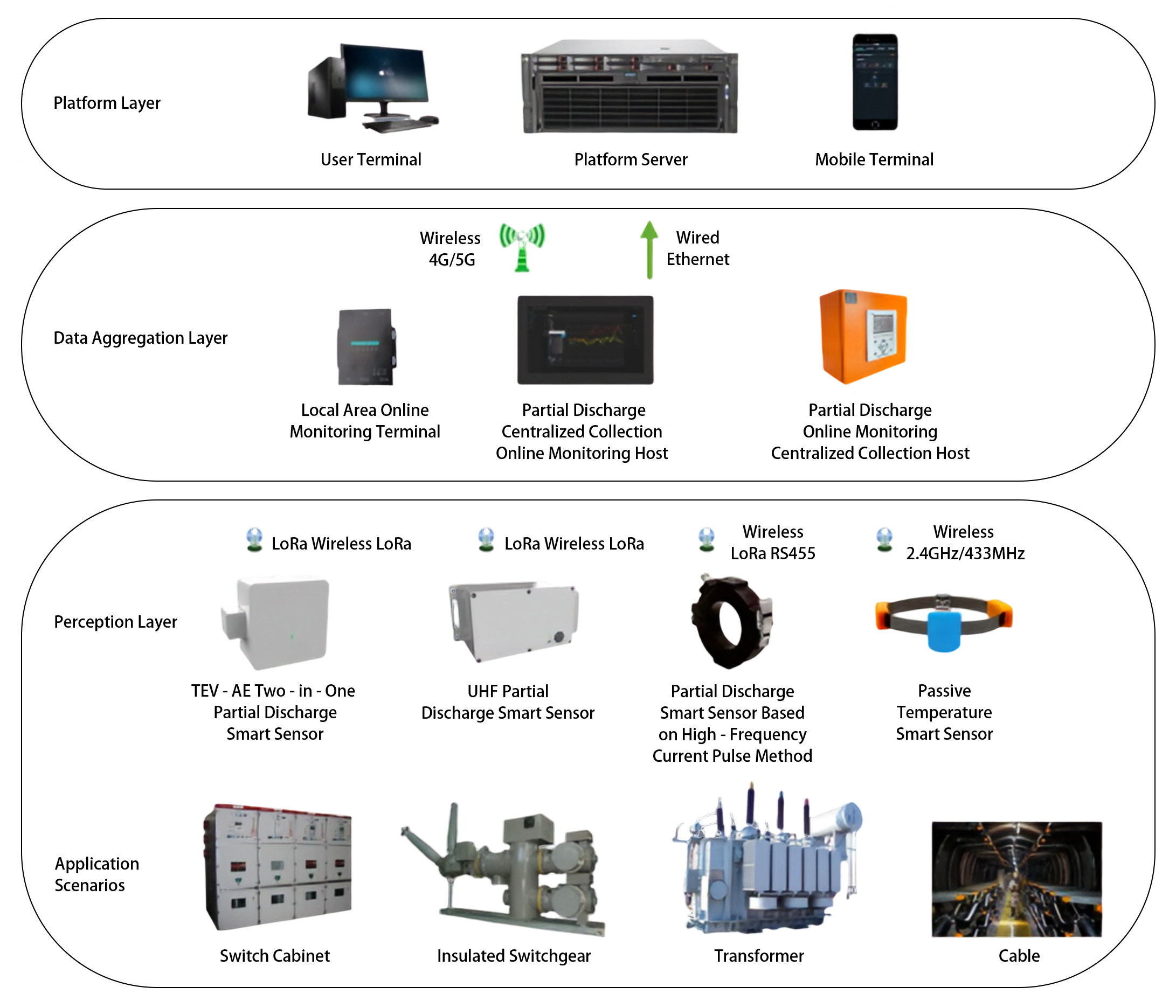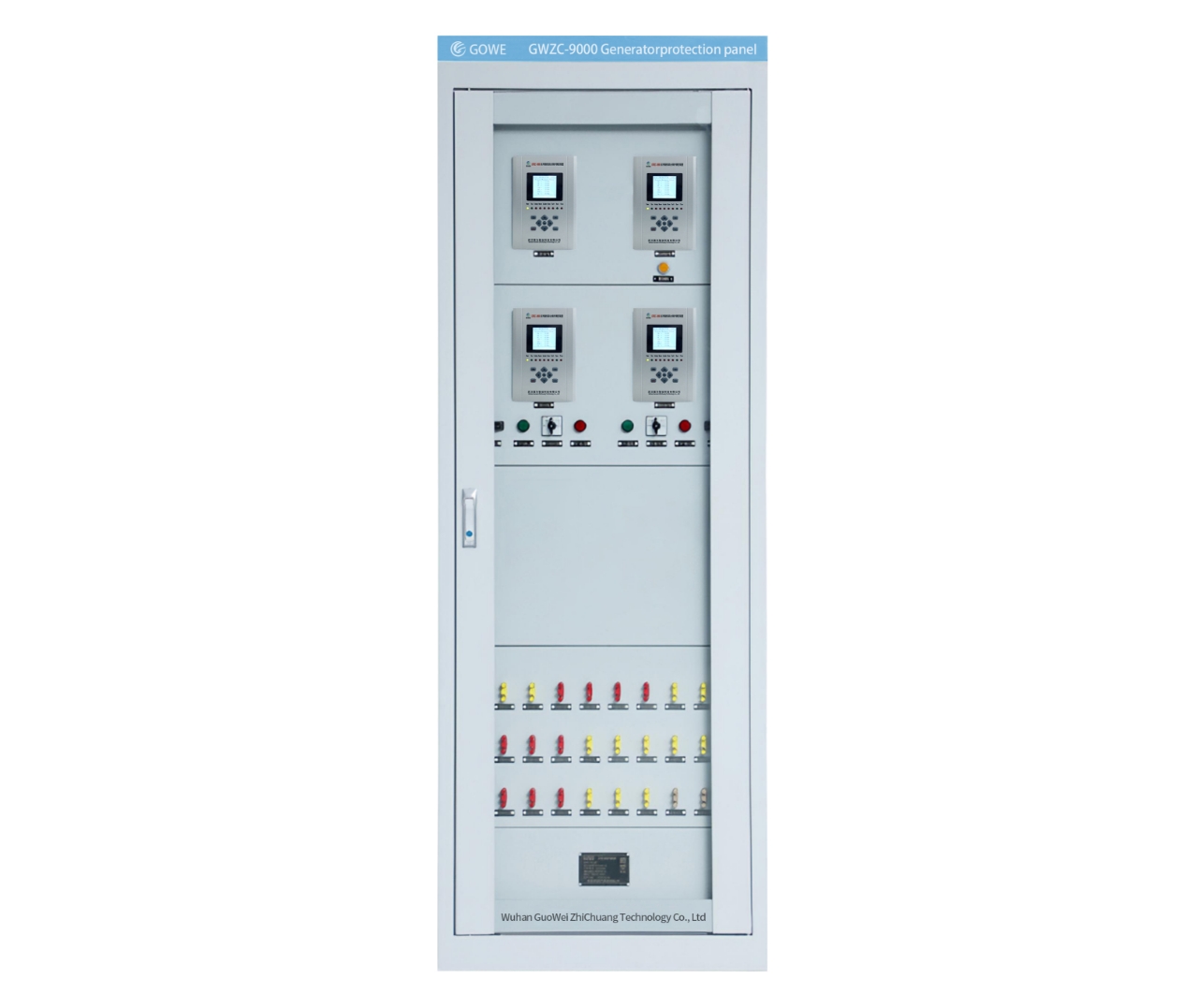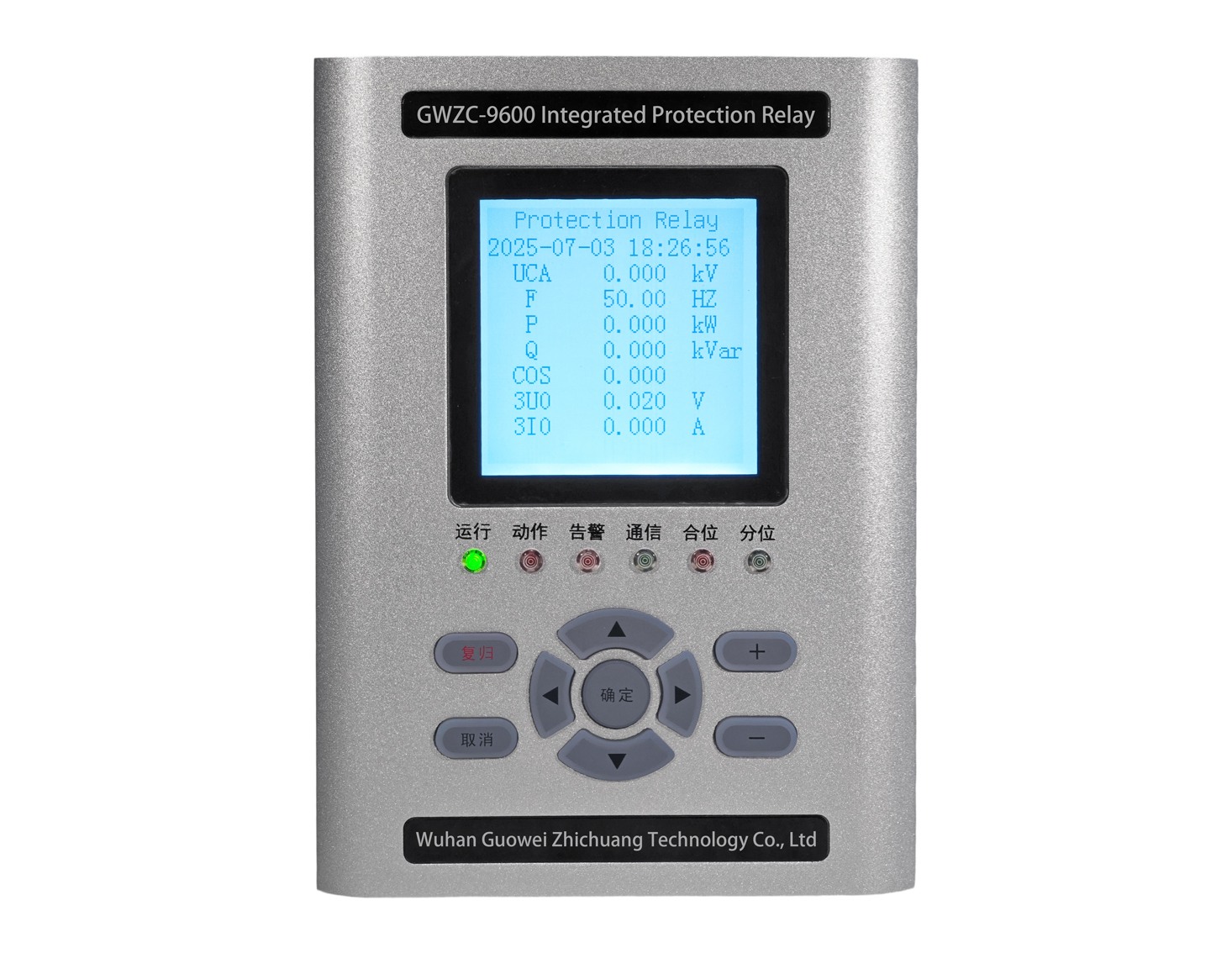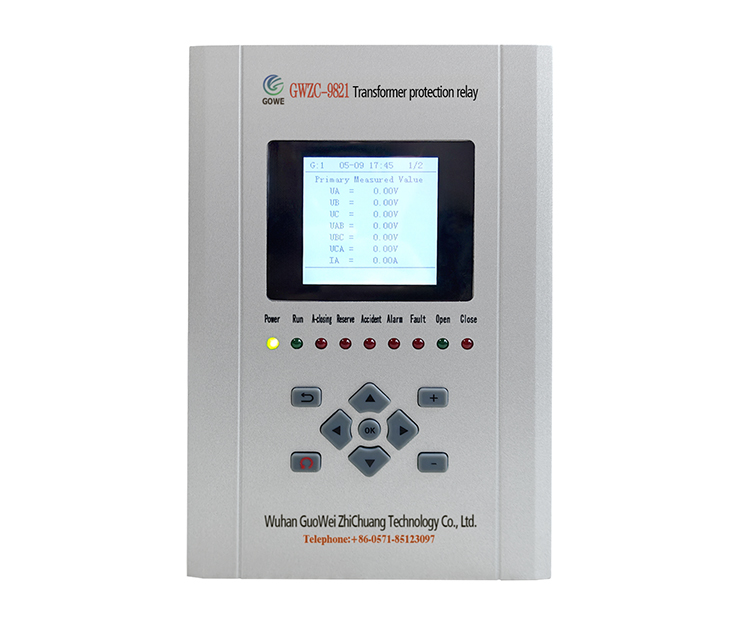
Transformer Non-Electrical Protection refers to protective measures based on monitoring non-electrical parameters, addressing faults that electrical relays cannot directly detect. These safeguards are critical for preventing insulation failure, internal faults, and catastrophic damage in power transformers.
1. Gas Protection (Buchholz Relay) – Key Non-Electrical Protection
Minor Gas Alarm: Detects dissolved gases (H₂, CH₄) in oil, triggering an alert.
Major Gas Trip: Instantaneous trip on sudden oil flow caused by internal faults (e.g., short circuits, arcing).
Fault Coverage: Winding inter-turn faults, core faults, oil decomposition.
2. Temperature Protection – Essential for Overheating Prevention
Oil Temperature Monitoring: Alarms at 85°C, trips at 95°C to prevent insulation degradation.
Winding Temperature Protection: Uses thermal sensors or fiber optics to detect hotspot temperatures.
3. Pressure Relief Protection – Sudden Fault Detection
Sudden Pressure Relay: Triggers immediate trip (<20ms) upon rapid oil pressure rise (e.g., internal arc faults).
4. Oil Level Protection – Preventing Insulation Failure
Low Oil Level Alarm: Activates when conservator oil level drops abnormally, avoiding insulation damage.
5. Cooling System Protection – Ensuring Thermal Stability
Fan/Oil Pump Failure: Monitors cooling equipment; reduces load or trips transformer if cooling fails.
6. Other Non-Electrical Protections
Oil Quality Monitoring: Alarms for excessive moisture or dielectric loss.
Fire Protection: Activates oil drainage & nitrogen injection systems during fires.
Non-electrical protections complement differential and overcurrent relays, forming a complete transformer protection system. Regular testing of Buchholz relays, temperature gauges, and pressure devices is essential for reliability.
